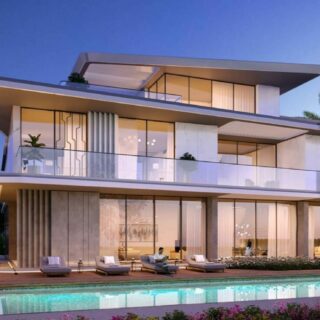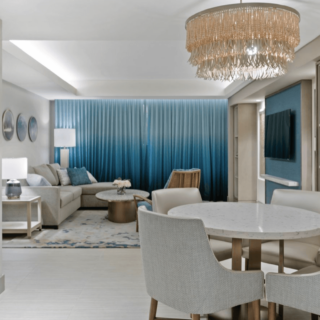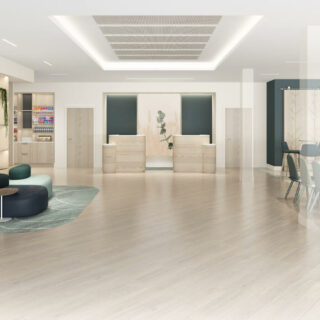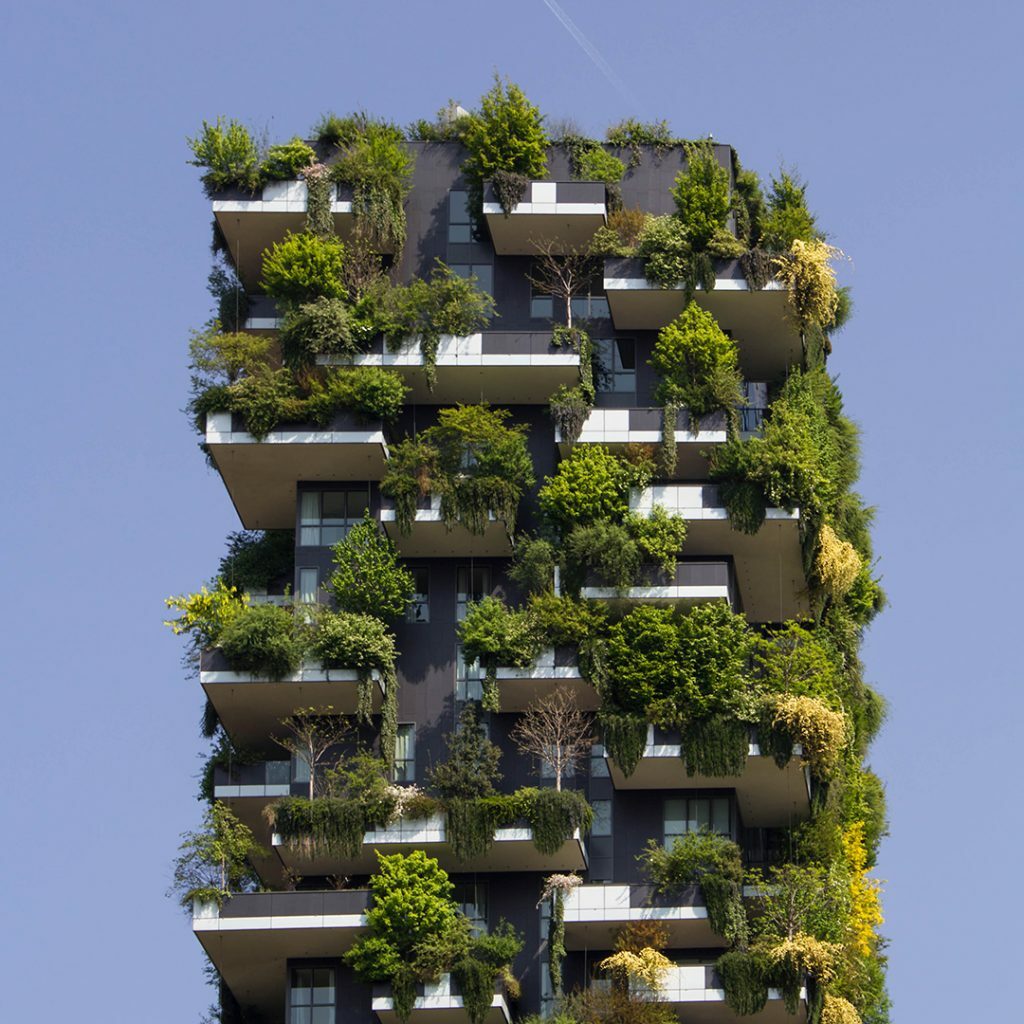
As we enter a new decade, there is no doubt that the negative impact of climate change is being felt acutely across the world. From extreme weather to melting ice sheets and increasing sea levels, we’ve known for some time that sustainable solutions are crucial for the protection of the environment.
It’s encouraging therefore to know that this is now becoming more important in the eyes of consumers too. In fact, 88% of consumers are looking for their brands to help them be more sustainable and ethical.
Sustainability is no longer something that can be disregarded or ignored. It is not simply the responsibility of governments nor part of a box-ticking exercise. Ethical and sustainable business practices are integral to the quality of life on the planet we are experiencing now and will have significant ramifications for how we and future generations will live and interact with our environment going forward.
Our industry has a crucial role to play, now, and in the future: we are accepting the challenge to embrace ethically sourced materials and create ecologically friendly spaces.
Kate Mooney
At OCCA, we’re becoming more & more focused on how we and our daily business affects the environment, and how we can reduce, and ultimately eliminate, any negative contribution we make to issues such as global warming. The interior design industry too has a crucial role to play: as a community, we must reduce our waste, embrace ethically sourced materials, create ecologically friendly spaces and carefully consider our transportation methods. Not only to minimise the impact we have on the environment today but to leave a long-lasting and positive legacy for those that come after us.
So what does the future look like for responsible and sustainable interior design? As a business, we’ve been investigating and investing in various ways that we approach sustainability, and in this post, we’re summarising the four key areas we’re working on and sharing our thoughts & strategies for doing more with less to reduce our environmental impact.
Terminology
Before we dive into some of the areas we’re considering, we’re conscious that there are a lot of terms used, often interchangeably, when it comes to discussing all things green – and this can lead to a muddling of intent and confusion around the topic.
So, if you’re wondering what the difference is between terms such as ‘going green’, sustainable, eco-friendly, zero waste and socially responsible, the Eco-Conscious Brand website is a great hub supporting sustainability, green business & conscious consumerism and sets out clear definitions for all of these phrases and more.
Low impact products
Concentrating on the materials we specify on projects is a big part of what we look at when we think of true and long-term sustainability. Sourcing materials with a low or reduced carbon footprint & environmental impact is becoming more & more important. Low-impact can have a number of meanings. It can be framed in terms of creation or transportation, how renewable or sustainable the materials are, or in how they sit within the wider eco-system.
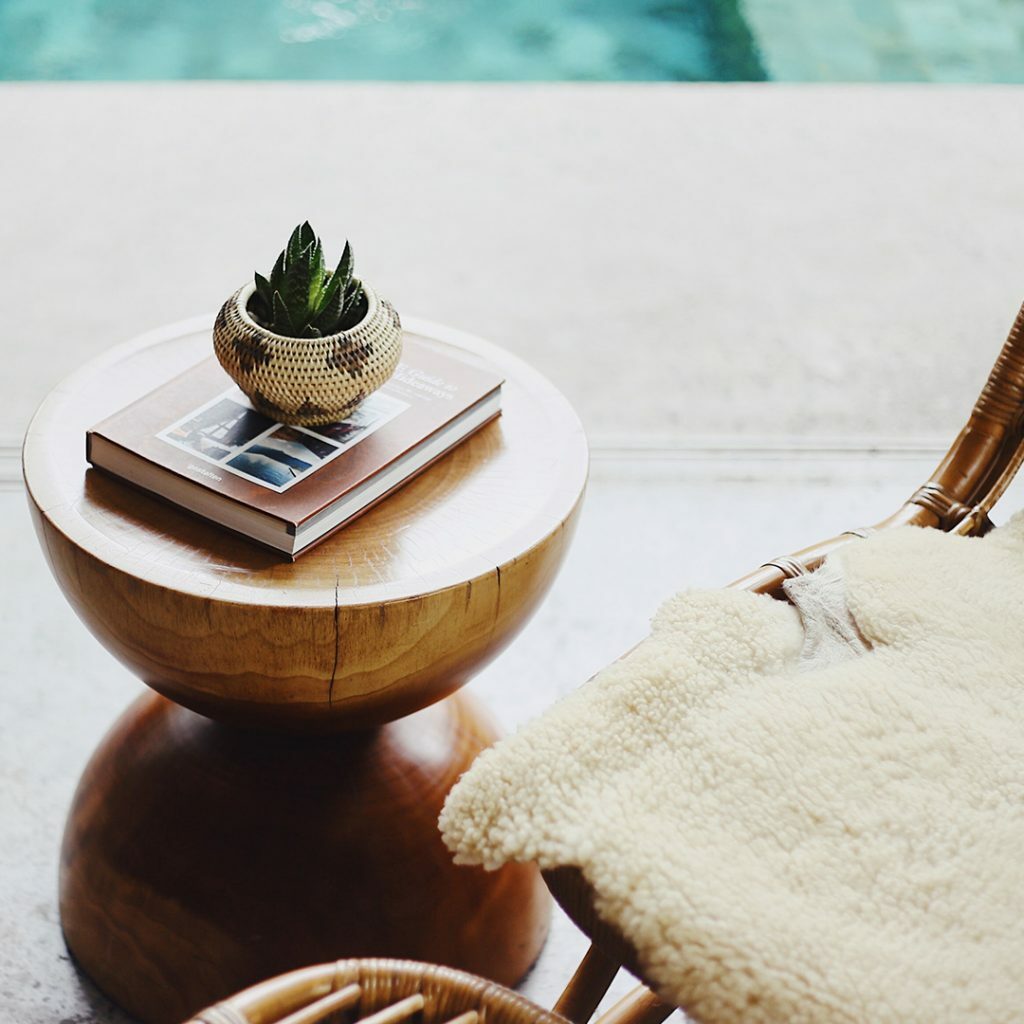
Great examples of beautiful, low impact products that we are specifying more on projects include natural materials such as wool, bamboo, recycled glass, stone and FSC certified timber. Even sourcing materials or products that are found within 35 miles of the site reduces their carbon footprint on a project significantly.
With natural materials, it is also essential to understand the journey those materials take and whether the process for developing them into products is sustainable. For instance, are the materials responsibly and ethically sourced? Are workers paid a living wage? Is their work environment safe and healthy? Are the materials treated with anything toxic? Do the materials contribute to a building’s efficiency? Are the materials renewable, and if so, are they renewed responsibly?
Low impact products also often bring significant economic benefits to our clients. Hotels that embrace low impact products typically see a reduction in operating costs.
Energy-efficient fit-outs
When it comes to climate change, energy consumption ranks high as a contributor. So embracing energy efficiency is not only a logical step in future-proofing your building and making it more economical – it’s also a great way way to reduce the carbon footprint of the building and protect the environment.
Almost all our new build hotel projects these days are BREEM rated & certified. They achieve this by adopting environmental, social and economic sustainability strategies from the initial concepts, through the detailed design & construction and even across the use and refurbishment of the building.
Part of our job as designers is to create internal spaces that are also energy efficient so continually investigating how we can holistically improve our designs, especially when it comes with the added bonus of protecting our natural resources, is something we’re passionate about.
So what are we considering when it comes to energy efficiency in our projects? Well, primarily this means a focus on lighting and heating. In terms of heating, the design of the space has a direct influence over how effective this can be from simple things such as ensuring the rooms are well insulated with eco-friendly products to introducing double and triple glazing, we can dramatically reduce energy leakage from a building.
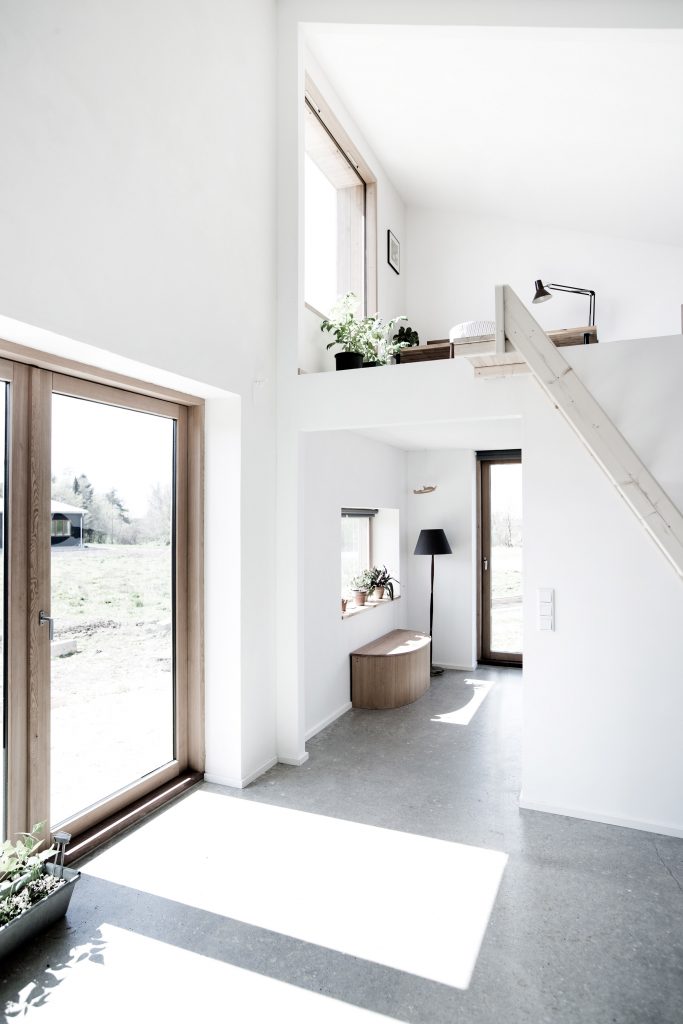
Then there’s light. Great lighting is at the heart of all great interior designs. Lighting design for sustainability starts with introducing the optimum apertures with the right aspect and shading technology. It can also be as simple as choosing the right colour palette for the room in order to brighten the space to reduce dependence on artificial light. Details such as soft furnishings, carpets, curtains and blinds also play a part, giving the building’s occupants control over the light (and heat) within their space.
Waste reduction in interior design
Keeping an eye on how much waste is being produced is also vital to sustainable practice in interior design. Imagining or reimagining spaces is what we do, and these sensibilities can feed directly into waste reduction too.
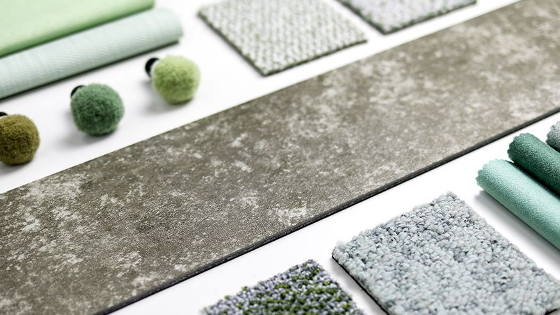
For instance, it’s important that we don’t disregard reusing materials & products and ‘upcycling’ them into something new. Recreating is as much a part of our job as creating is. Embracing synthetic materials that have been formed from waste and recycling them into new and innovative products is just one of the strategies we’re considering to reduce our carbon footprint.
Closing the loop on frivolous waste in the industry and on our projects when it comes to things such as packaging and shipping is an area we’re committed to improving too.
Technology-led design solutions
Technology is a huge part of how we are able to move forward and kick off a green revolution in interior design, not least because of smart building technology.
Beyond environmental considerations that tech can improve, such as tracking water wastage and limiting heat and light usage, tech will also be at the forefront of public health post-pandemic. Sensor operated lights, taps, WCs, air conditioning etc will not only improve hygiene in a building, but they will improve energy consumption and reduce waste, as will a transition to all things digital including apps that replace physical check-ins, room keys, menus etc.
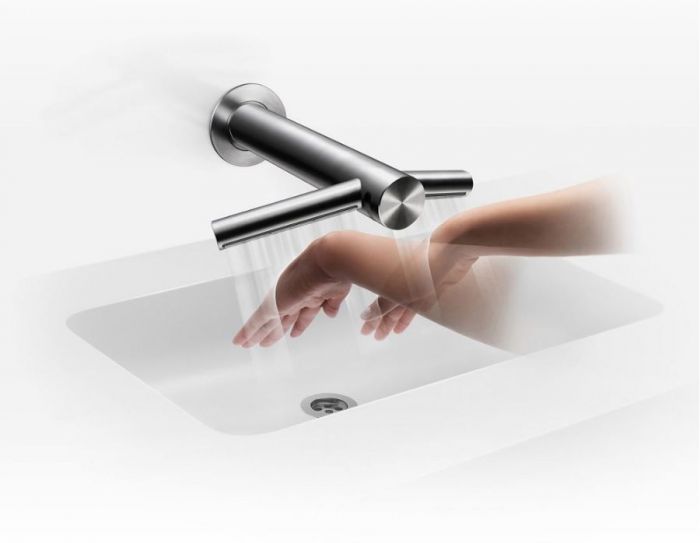
We’re also very excited with the development of green tech that sits perfectly with a cutting-edge design aesthetic. What’s not to love about products such as the Current Table, an ingenious piece of furniture that is also a natural energy source. Using solar panels that mimic photosynthesis, this table harvests energy indoors, storing it in a battery that can charge electronic devices at any time.
Conclusion
There is so much more to research and write about on an everchanging topic such as Sustainability. Hopefully, this short summary of how we’re approaching things at OCCA helps develop more ideas and inspiration on what we can all do to minimise our impact on the planet and our natural resources.
If you’re interested in finding out more about the impact design is having on climate change, we’re loving the new Interface Sustainability Podcast. Aptly titled, Designing With Climate in Mind, it features experts in the world of sustainability sharing their experiences, views and advice with new episodes released fortnightly.
Want to find out more about our focus on sustainability in design? Get in touch and talk to one of the team.
